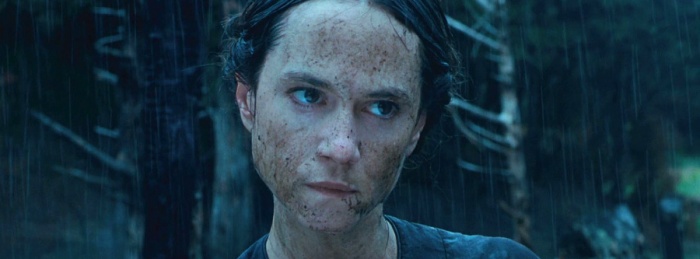Jane Campion originally wanted a bleaker ending for the film – where Ada follows her piano into the sea and drowns. The echo of that ending remains, with Ada's thoughts continuing to dwell on the buried piano, and the silence that comes with death. Campion may have been aiming to round off a life as well as a film in this way. The first shot is quite an abstract one of light piercing through the flesh of fingers – a not very subtle evocation of being born. In between the silence that surrounds our lives, the main character Ada is impelled for reasons she doesn't quite understand not to speak.
Campion at the time of making the film didn't quite know why she wanted to pursue this idea of a woman insisting on silence. She was attracted to the rebelliousness and willpower just an act demonstrated. In hindsight, she puts an explicitly feminist spin on it – as a commentary on a society that doesn't value women's voices. This was very overtly the case in the Victorian era the film depicts, although Campion's point is that those prejudices endure. So why should Ada speak if she's just going to be ignored? She'll speak in her own way.
That's the piano, of course, but she also speaks directly to us in voiceover at the beginning and end of the film. We learn that her first husband, and father to her daughter, could hear her thoughts in his mind. This terrified him and he "stopped listening". Towards the end of the film, Ada performs this miracle again – through sheer force of will she instructs her new husband to let her go. The fact that we can hear her voiceover clearly suggests that film is a kind of telepathy as well – an oblique form of communication for Campion, like Ada and her piano.

No comments:
Post a Comment